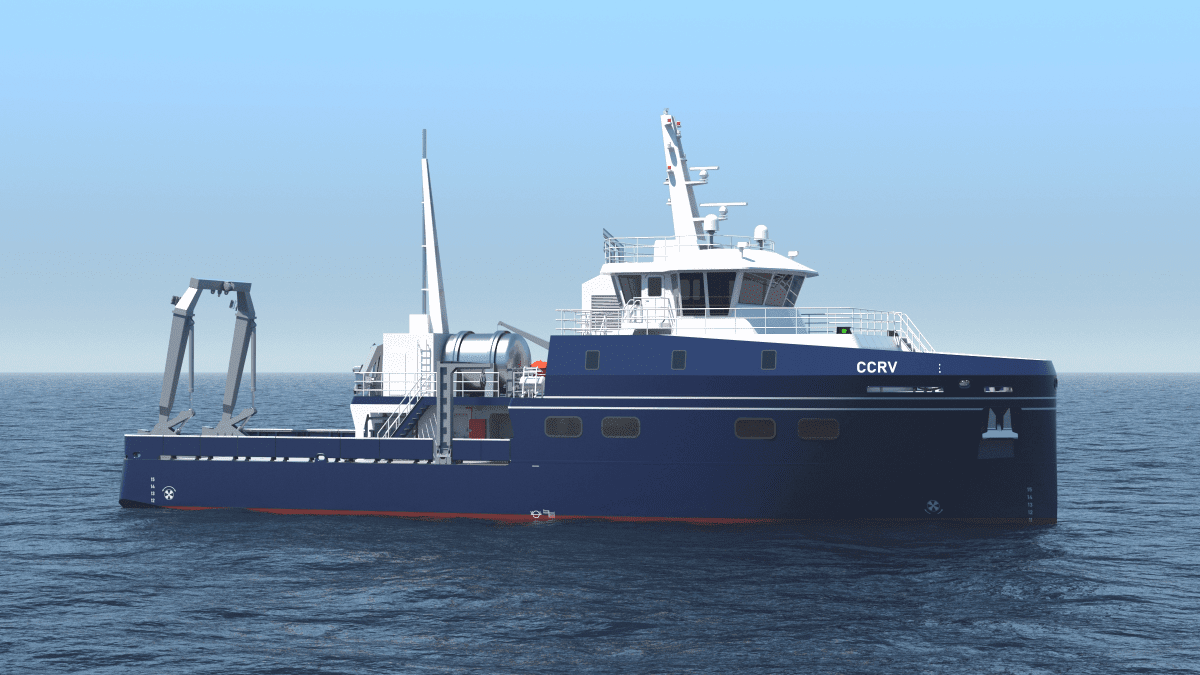Tax credits in the Inflation Reduction Act will spur investment in green hydrogen supply, as the first vessels powered by hydrogen fuel cells are tested
Underpinned by government policy, hydrogen and fuel cells are gaining momentum in the clean energy transition, with one of the latest and largest boosts coming from the US. Signed into law by President Biden in August, the Inflation Reduction Act of 2022 creates a new clean hydrogen production tax credit, aimed at spurring private investment in green hydrogen.
The law follows passage of the Infrastructure Investment and Jobs Creation Act last year. That bill includes US$8Bn for development of large-scale regional green hydrogen hubs, US$1Bn for hydrogen electrolysis R&D, and US$500M for hydrogen manufacturing and recycling. Additionally, the US Government is directed to develop a national hydrogen roadmap and strategy. Part of that will be reducing costs. Through its Hydrogen Energy Earth Shot, the US Department of Energy is pushing to reduce the cost of green hydrogen by 80% by the end of the decade to US$1 per kilogram.
Maritime, one of the hard-to-abate sectors, will be one of the beneficiaries of the legislation and subsequent investment in the development of a green hydrogen infrastructure and supply chain.
Some of that hydrogen supply chain is now taking shape. NASDAQ-listed Plug Power struck a deal with New Fortress Energy (NFE) in August to build a 120-MW green hydrogen plant near Beaumont, Texas. It will produce some 50 tonnes of green hydrogen per day. On the other side of the Atlantic, Plug Power will deliver a 1 GW electrolyser to hydrogen company H2 Energy Europe for a green hydrogen production complex in Denmark. This will be the largest capacity electrolyser installation to date, producing up to 100,000 metric tonnes per year of green hydrogen by 2025 for use in the energy and transportation sector in northern Europe.
“Hydrogen and hydrogen fuel-cell technology are already being deployed shipboard”
This is in line with a clean hydrogen strategy adopted by the EU in 2020. As it pivots from Russian oil and gas, European policy is accelerating hydrogen demand. In one of the latest moves, Germany has struck a deal with Canada, which will begin shipping green hydrogen, starting in 2025.
Hydrogen and fuel-cell technology are already being deployed shipboard. Not surprisingly, California will serve as home to the first US hydrogen fuel-cell ferry Sea Change, owned by Switch Maritime, which is already in the water. Last year, state legislators allocated US$35M for the construction of a 38-m hydrogen hybrid coastal research vessel to replace the 41-year-old diesel-powered Robert Gordon Sproul. Seattle-based Naval architect Glosten is undertaking the preliminary design, contract design and detailed design for the vessel for University of California (UC) San Diego’s Scripps Institution of Oceanography. The vessel will integrate hydrogen fuel cells and a conventional diesel-electric power plant. Expectations are that the new research vessel will be capable of operating on 75% of its missions entirely on hydrogen fuel cells, with zero emissions.
Multiple hydrogen fuel-cell projects are underway in Europe and Asia. One of the latest in Asia is a South Korean government-backed project that will see Daewoo Shipbuilding & Marine Engineering construct a 3-MW hydrogen fuel-cell-powered tug. The vessel will cost about US$17.4M to build, with completion by 2026.






